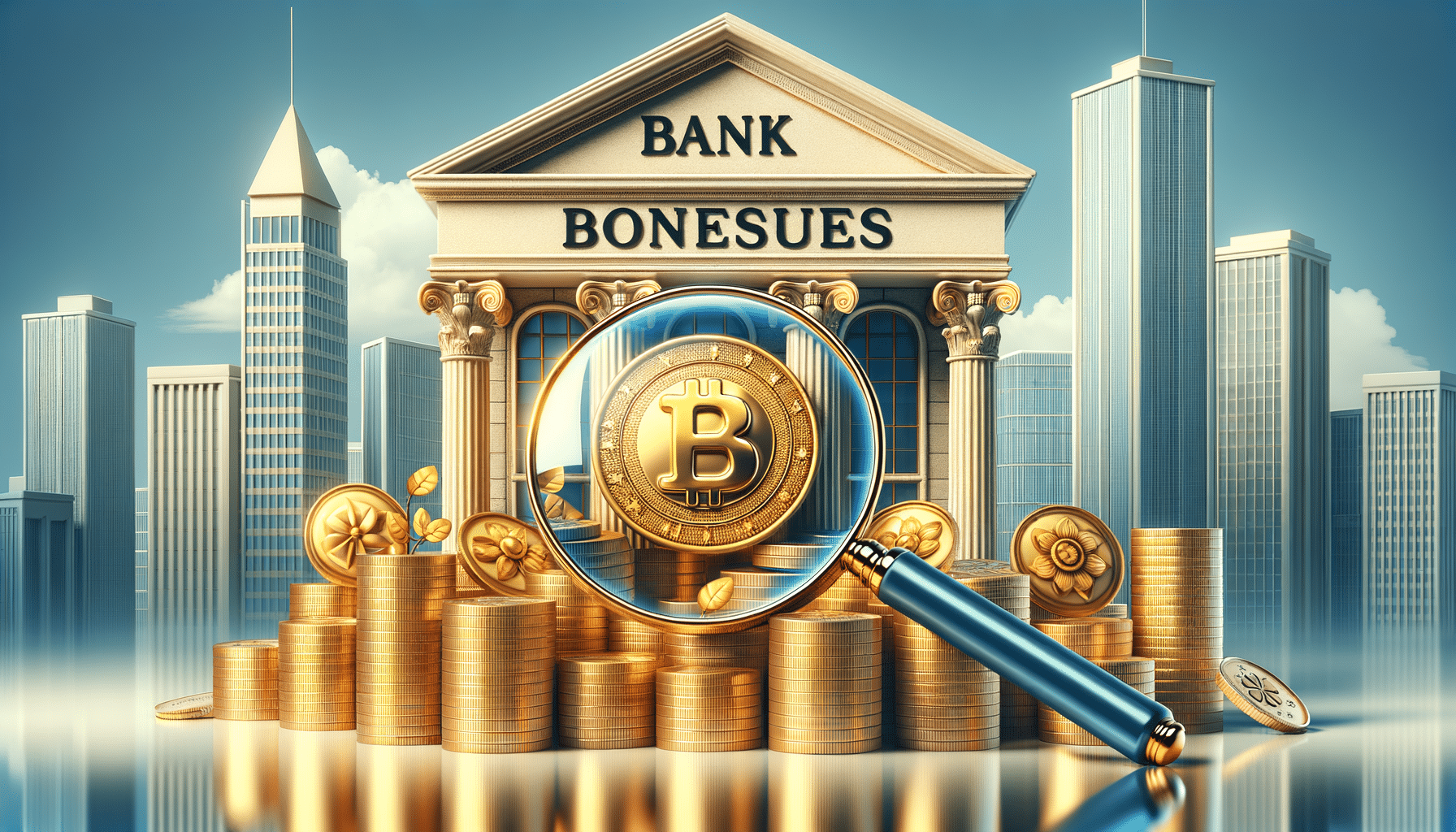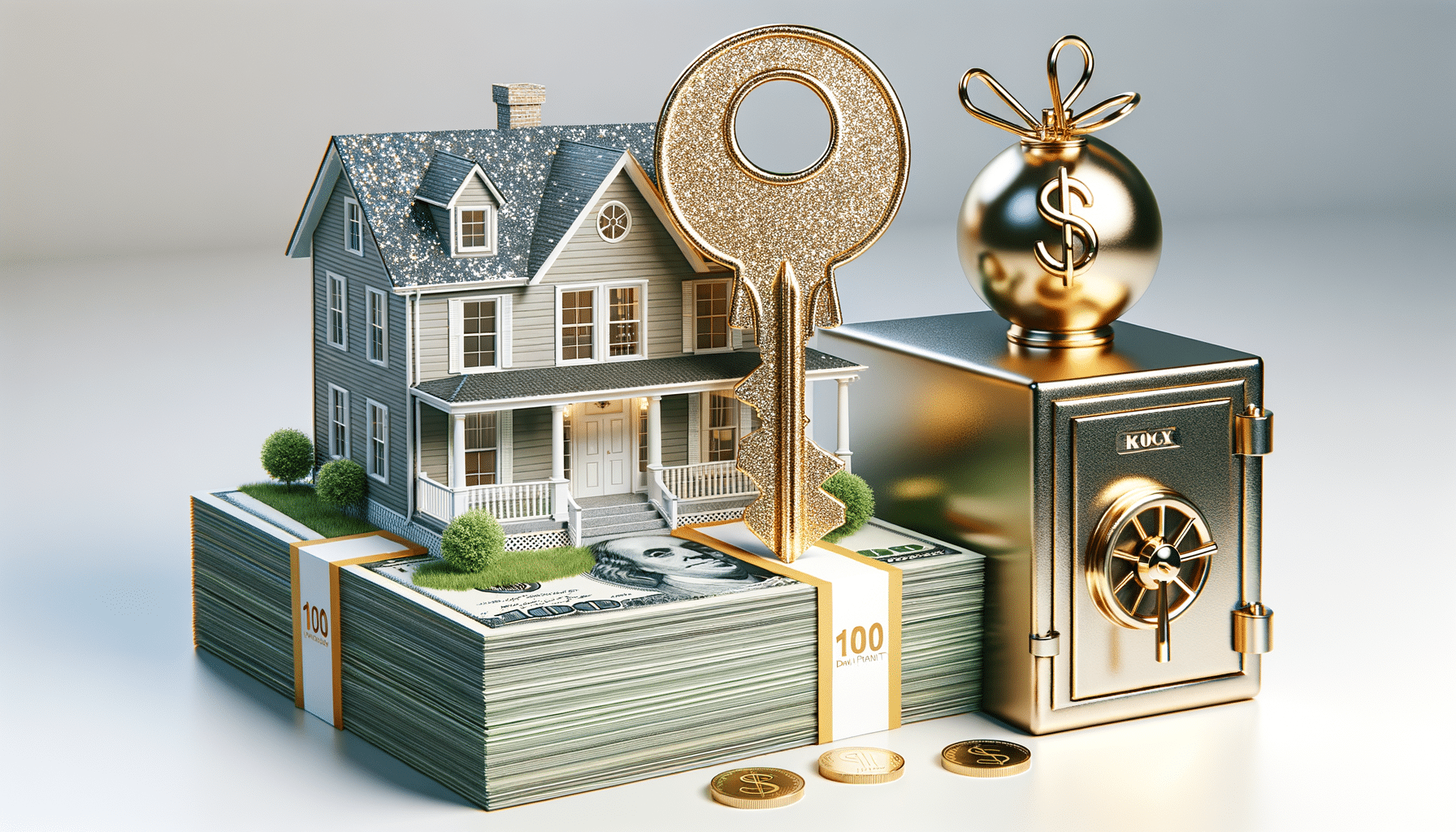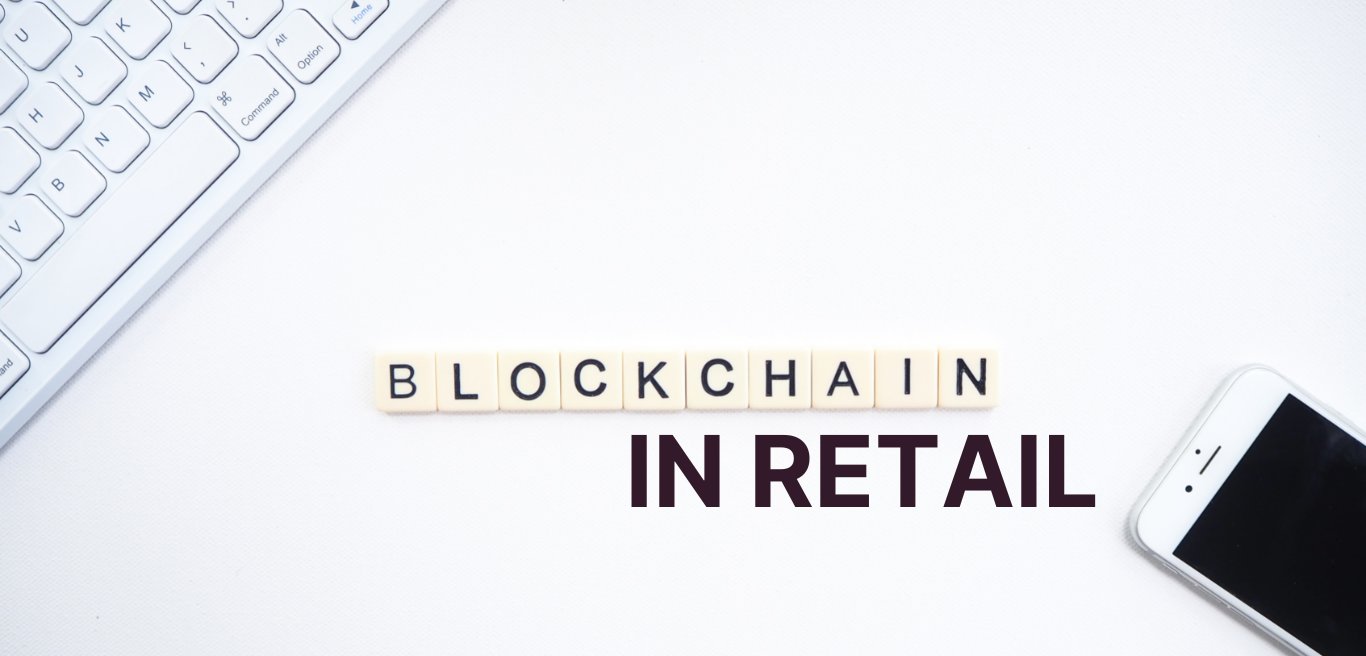
Blockchain in Retail: How It’s Revolutionizing Supply Chains
Blockchain technology is changing retail. It boosts transparency, security, and efficiency in supply chain management. Now, with digital ledger technology, retailers can track goods in real-time. This helps prevent fraud and makes logistics smoother. Blockchain in retail goes beyond cryptocurrency. It changes how we manage supply chains and boosts customer trust.
Global supply chains are getting more complex. Blockchain provides a reliable, decentralised solution. It ensures authenticity. It also cuts inefficiencies and strengthens links among suppliers, retailers, and consumers. This guide looks at how blockchain is changing retail supply chains. It covers the main benefits, real-world uses, and future trends in the industry.
What is Blockchain and How Does It Work in Retail?
1. Understanding Blockchain in Retail
- Blockchain is a decentralised digital ledger that records transactions securely and transparently.
- Each transaction (block) is linked to previous ones, forming an immutable chain.
- Data is stored across a network of computers, reducing fraud and tampering risks.
2. How Blockchain Enhances Supply Chains
- Provides real-time tracking of products from manufacturer to store shelves.
- Automates smart contracts, reducing paperwork and improving efficiency.
- Ensures the authenticity of products, helping combat counterfeit goods.
- Improves transparency by allowing all stakeholders to access an unalterable record of transactions.
- Streamlines payment processes by reducing the need for intermediaries in transactions.
The Benefits of Blockchain for Retail Supply Chains
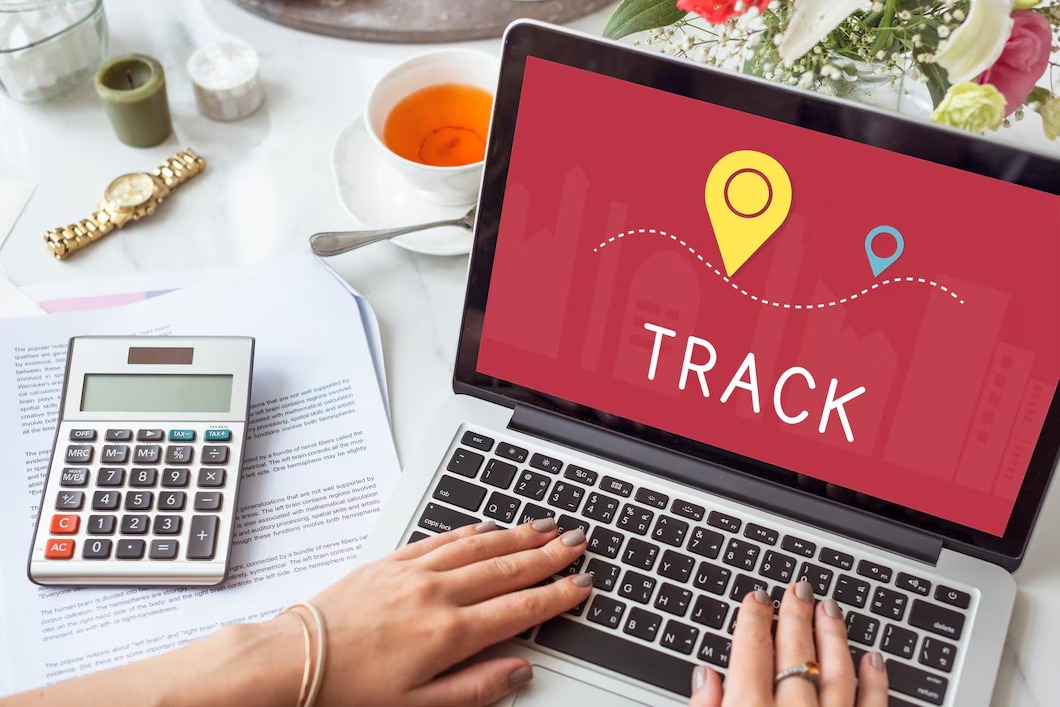
1. Enhanced Transparency & Traceability
- Retailers can track products at every stage, ensuring ethical sourcing and authenticity.
- Customers can verify product origins using blockchain-powered QR codes.
- In case of recalls, blockchain enables faster identification of affected products, minimising risks.
- Provides insight into supply chain bottlenecks, improving operational efficiency.
2. Improved Security & Fraud Prevention
- Transactions are encrypted and tamper-proof, reducing fraud risks.
- Blockchain mitigates supply chain disruptions by preventing unauthorised alterations.
- Eliminates counterfeit goods by verifying supplier authenticity.
- Reduces the risk of cyberattacks on centralised databases.
3. Increased Efficiency & Cost Savings
- Automates inventory management and reduces manual errors.
- Cuts administrative costs by eliminating intermediaries in transactions.
- Smart contracts execute agreements automatically, reducing processing time and operational costs.
- Reduces supply chain delays by enhancing order fulfilment speed.
4. Better Compliance & Ethical Sourcing
- Ensures adherence to regulatory requirements by maintaining auditable records.
- Retailers can verify that suppliers meet sustainability and fair-trade standards.
- Blockchain enables the tracking of carbon footprints and waste reduction initiatives.
Real-World Applications of Blockchain in Retail
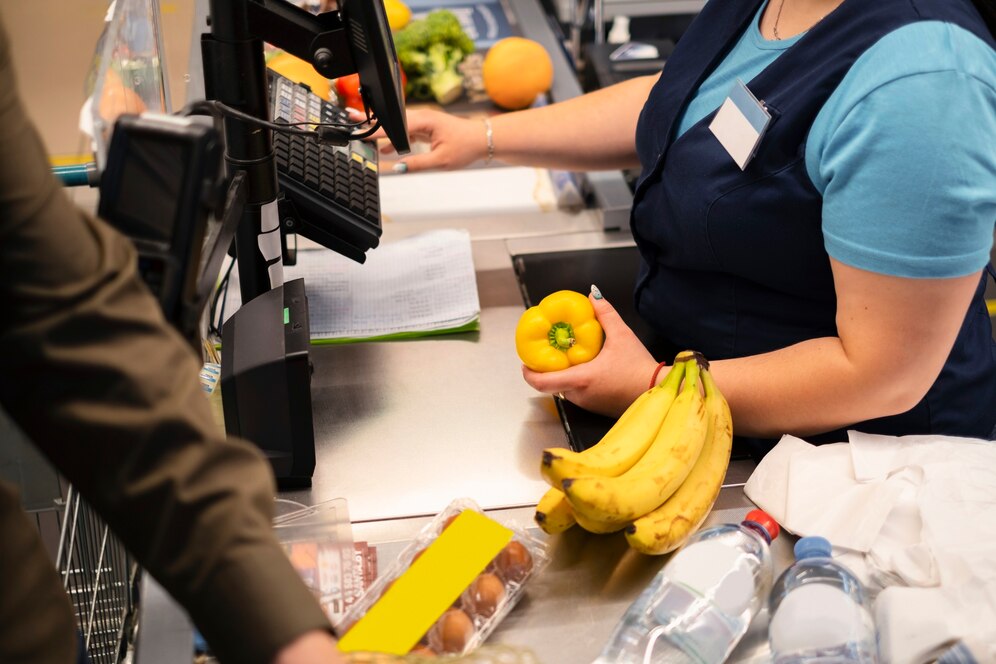
1. Walmart: Food Safety & Traceability
- Uses blockchain to track food products, reducing contamination risks.
- Allows faster recalls and ensures food safety compliance.
- Helps in verifying the origin of organic and ethically sourced produce.
2. Nike: Blockchain-Powered Authenticity
- Implements digital tokens to verify the authenticity of sneakers.
- Reduces counterfeit product circulation in the market.
- Provides customers with a digital ownership certificate using blockchain.
3. IBM Food Trust: Blockchain for Grocers
- Retail giants like Carrefour and Nestlé use IBM’s blockchain to track food supply chains.
- Enhances customer trust by providing real-time product journey insights.
- Helps brands maintain strict quality control standards.
4. Amazon & Blockchain for Logistics
- Uses blockchain to streamline package tracking and prevent delivery fraud.
- Optimises inventory management across global warehouses.
- Automates vendor payments through smart contracts, reducing financial delays.
5. LVMH: Luxury Goods Authentication
- Uses blockchain to verify the authenticity of high-end products.
- Ensures that customers are purchasing genuine luxury goods.
- Helps reduce theft and unauthorised reselling.
Challenges of Implementing Blockchain in Retail
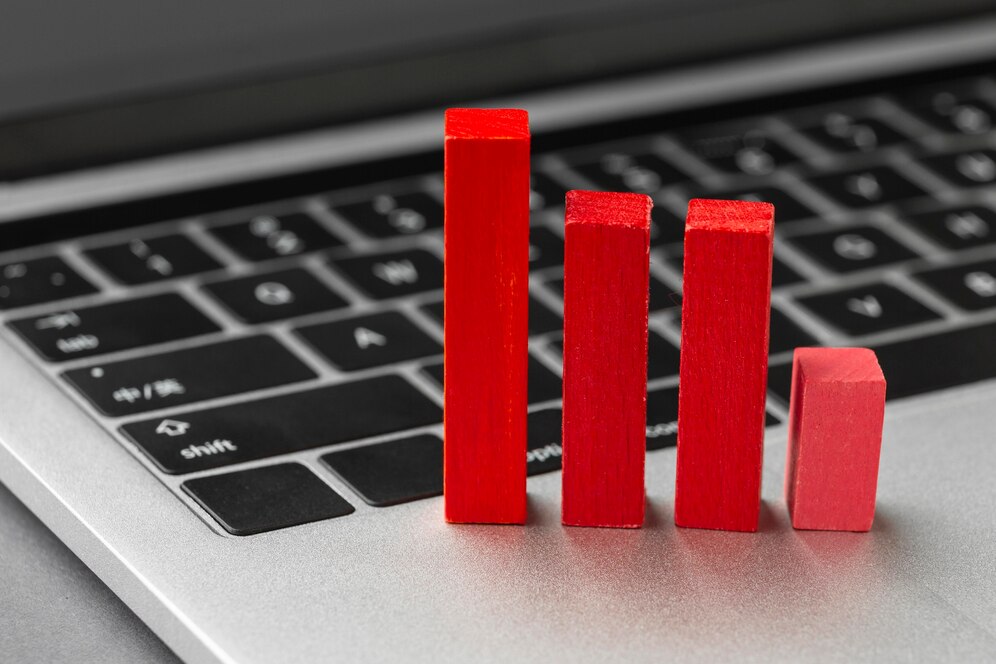
1. High Implementation Costs
- Retailers need to invest in blockchain infrastructure, integration, and training.
- Small businesses may struggle with high entry costs.
2. Scalability Issues
- Blockchain networks require significant computational power and storage.
- As transactions increase, network congestion can cause slower processing times.
3. Regulatory Uncertainty
- Different countries have varying regulations regarding blockchain adoption.
- Compliance with global data protection laws remains a challenge.
4. Interoperability with Existing Systems
- Retailers must integrate blockchain with legacy systems, which can be complex.
- Standardisation across supply chains is needed for seamless collaboration.
Future Trends in Blockchain for Retail
1. AI & Blockchain Integration
- AI-powered analytics will enhance supply chain predictions.
- Smart contracts will automate dispute resolution and vendor payments.
2. Wider Adoption in Sustainable Retail
- Blockchain will support eco-friendly supply chains by ensuring ethical sourcing.
- Carbon footprint tracking will become more transparent for consumers.
- Brands will use blockchain to track sustainability goals and compliance.
3. Decentralized Marketplaces
- Retailers will adopt peer-to-peer blockchain networks for direct supplier engagement.
- Blockchain-based loyalty programs will enable secure, transparent rewards systems.
- Smart contracts will reduce dependence on third-party financial institutions.
4. Integration with IoT for Automated Supply Chains
- IoT sensors will feed real-time data into blockchain networks.
- Automated tracking will minimise supply chain inefficiencies.
- Retailers will use IoT to manage inventory dynamically.
5. Cryptocurrency Payments & Tokenized Rewards
- Retailers will offer blockchain-based cryptocurrency payments.
- Tokenised loyalty programs will provide secure, tamper-proof reward systems.
- Smart wallets will integrate blockchain to facilitate instant transactions.
Conclusion
Blockchain is transforming retail. It creates a secure supply chain, reduces fraud, and increases transparency. Retailers must embrace blockchain as digital ledger technology expands. This shift helps them stay competitive and committed to sustainability.
Blockchain in supply chains helps businesses improve. It builds consumer trust and sets new retail standards. Blockchain can simplify operations, boost security, and provide great transparency. These benefits will shape the future of retail supply chains. Retailers who invest in blockchain today will drive the next wave of digital change in commerce.

